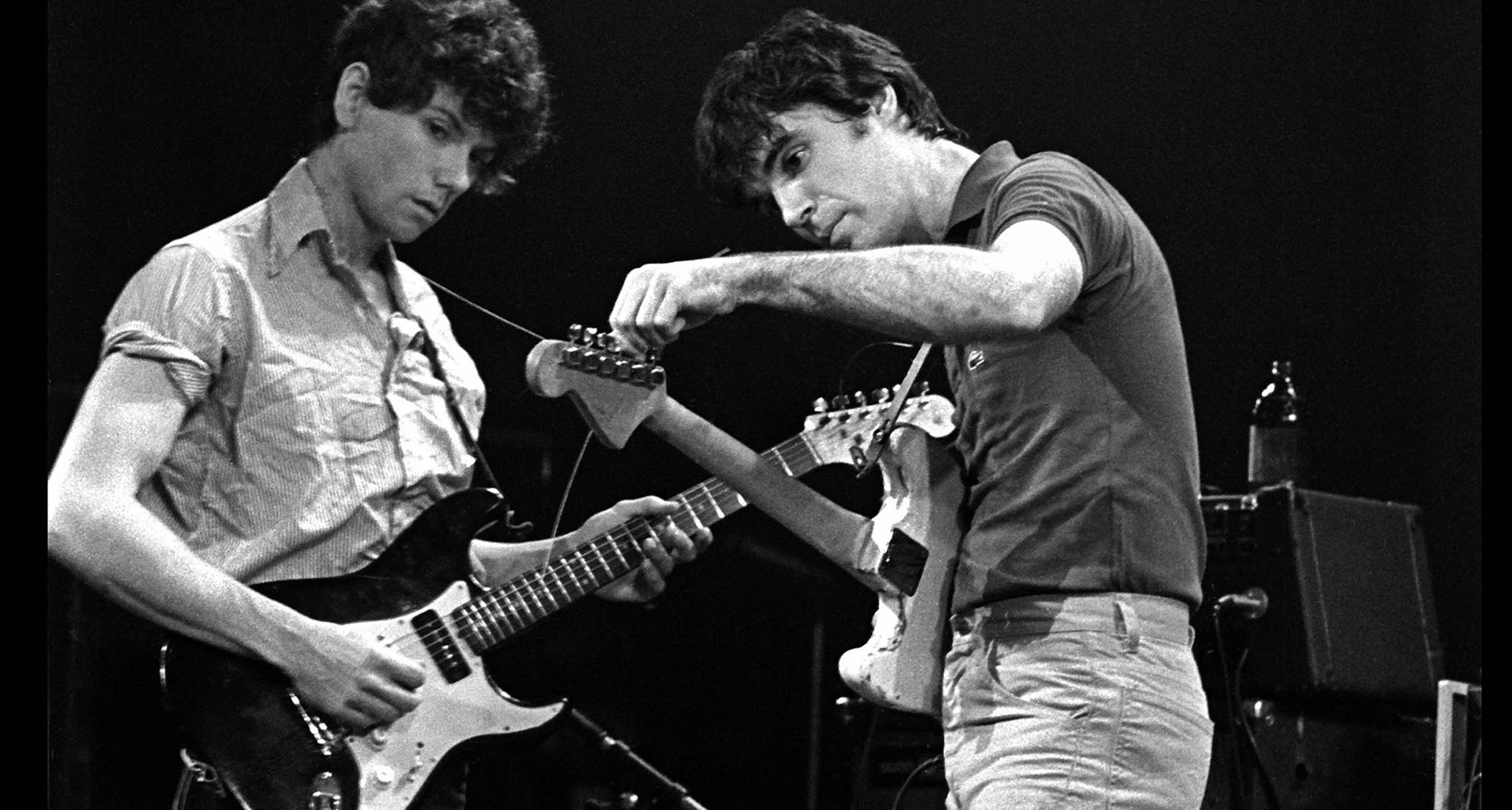“You can almost hear the music in your head when looking at these photos”: How legendary photographer Jim Marshall captured the essence of the Grateful Dead and documented the rise of the ultimate jam band
An upcoming book of photos captures Marshall's unique relationship with the Dead. His former assistant, the photographer Amelia Davis, explains how he became part of the Dead family
![The Grateful Dead: Pigpen [left] and Jerry Garcia in action at Santa Clara County Fairgrounds in San Jose, May 18, 1968.](https://cdn.mos.cms.futurecdn.net/SiXNMdzjN4PJYWg6TaRqwg.jpg)
Photographer Amelia Davis is the former assistant to the legendary Jim Marshall, best-known for capturing shots of Jimi Hendrix, Bob Dylan, Johnny Cash and many others.
In the late ’60s, Marshall lived in San Francisco, where he was part of the creative family around the Grateful Dead.
To celebrate the band’s 60th anniversary, Davis and band historian David Gans have curated a lavishly illustrated coffee-table book – The Grateful Dead by Jim Marshall: Photos and Stories from the Formative Years, 1966-1977 – which is out this summer via Chronicle Books.
Below, Davis breaks down Marshall’s relationship with the band – and what makes his photos so indispensable.
Jim Marshall shot more than 10,000 photos of the Dead. How did you choose which to include in the book?
“We chose a mix of iconic images that everybody’s seen, along with other photos that people haven’t. We wanted to show the Grateful Dead as individuals, in their surroundings.
“Also, we wanted to include a lot of color. Jim is known for his black-and-white photos, but that Kodachrome slide film is so vibrant. We hope that all these photos together give an intimate sense of who they were and what they were surrounded by.”
Get The Pick Newsletter
All the latest guitar news, interviews, lessons, reviews, deals and more, direct to your inbox!
How did Jim become part of the Grateful Dead’s inner circle?
They knew he’d never betray their trust. That trust was such an important part of how Jim built relationships with artists
“In 1965, he was well-established as a photographer. They’d seen his album covers and his photos in different magazines. So they had a lot of respect for Jim. They knew that if he took their photographs, they’d be getting top-quality shots. Over time, he befriended them and became part of the family.
“They knew he’d never betray their trust. That trust was such an important part of how Jim built relationships with artists. You look at some of these shots, and Jim’s right there, really close to Jerry [Garcia] and Pigpen [Ron McKernan] and Bob [Weir]. But you’d never know he was there!”
What else comes through for you in these photos?
“Diversity, integration. Haight-Ashbury was predominantly a Black family neighborhood before the Grateful Dead and the hippies moved in. But they embraced that difference. It was a community of people joining together to listen to music and experiment with culture and acceptance.
“Also, in the performance shots, I see that they were the inspiration for jam bands. They were improvisational. You get that feeling when you look at the audience and how they’re interacting with the musicians. You can almost hear the music in your head when looking at these photos.”
Jim seemed well-suited for that improvisational situation.
“It was very much capturing the moment as it happened. He had to be ready to improvise with his cameras and what he was seeing. Also, Jim loved music, and you can tell that in these photos. He really was feeling and listening to the music as he was photographing.”
What do you hope people get from this book?
“I hope they see the humanity in the band, and what was happening in that time period. I also hope they see that photography, when done well, tells its own story.
“Maybe Jim can inspire a younger generation to push the limits of not just photographing somebody standing in front of a microphone, but telling the story of what else is going on around them.”
- The Grateful Dead by Jim Marshall: Photos and Stories from the Formative Years, 1966-1977 is available to pre-order, out August 5 through Chronicle Publishing.
- This article first appeared in Guitar World. Subscribe and save.
Bill DeMain is a correspondent for BBC Glasgow, a regular contributor to MOJO, Classic Rock and Mental Floss, and the author of six books, including the best-selling 'Sgt. Pepper at 50.' He is also an acclaimed musician and songwriter who's written for artists including Marshall Crenshaw, Teddy Thompson and Kim Richey. His songs have appeared in TV shows such as 'Private Practice' and 'Sons of Anarchy.' In 2013, he started Walkin' Nashville, a music history tour that's been the #1-rated activity on Trip Advisor. An avid bird-watcher, he also makes bird cards and prints.
You must confirm your public display name before commenting
Please logout and then login again, you will then be prompted to enter your display name.
“I knew the spirit of the Alice Cooper group was back – what we were making was very much an album that could’ve been in the '70s”: Original Alice Cooper lineup reunites after more than 50 years – and announces brand-new album
“The rest of the world didn't know that the world's greatest guitarist was playing a weekend gig at this place in Chelmsford”: The Aristocrats' Bryan Beller recalls the moment he met Guthrie Govan and formed a new kind of supergroup


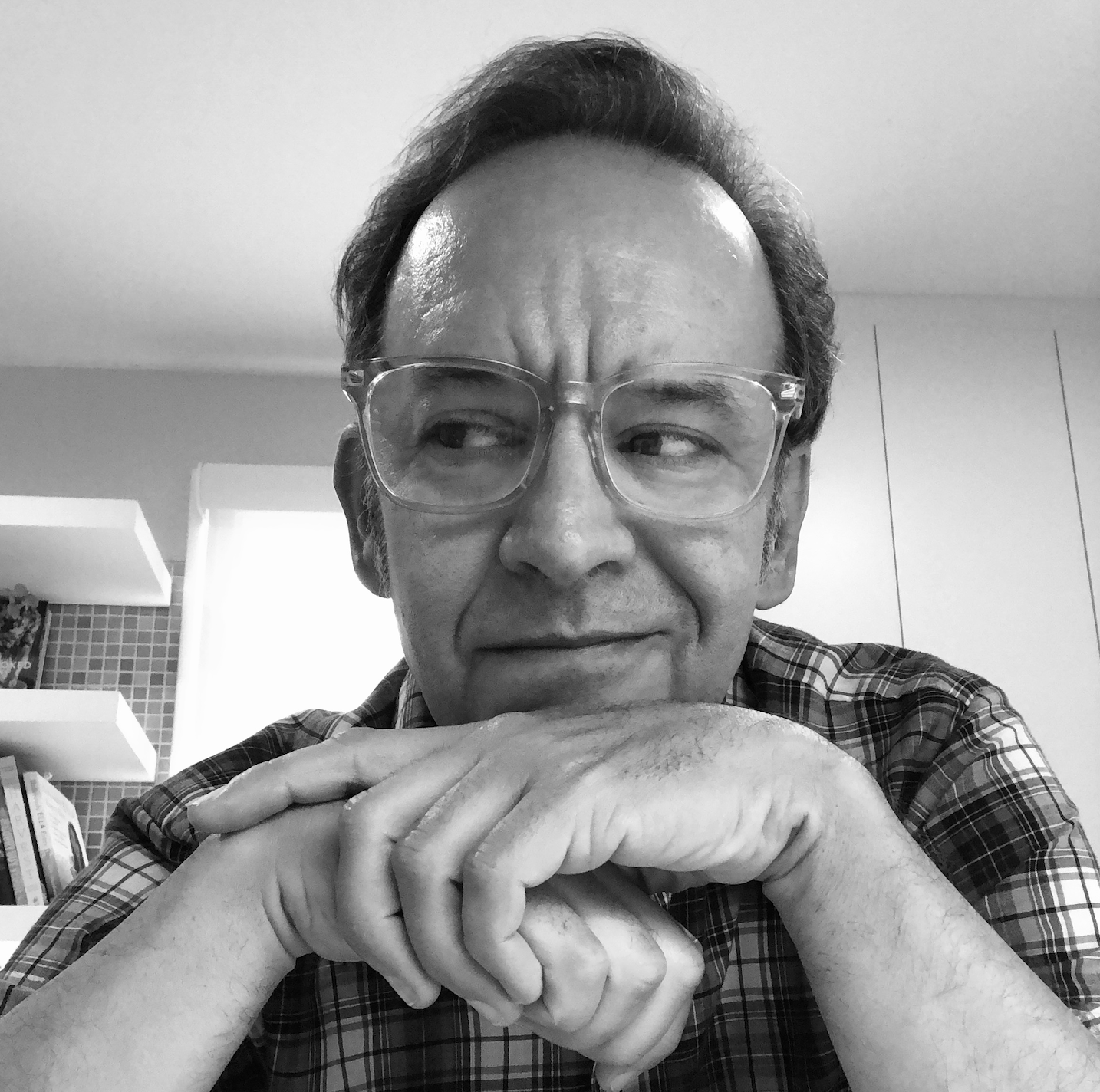
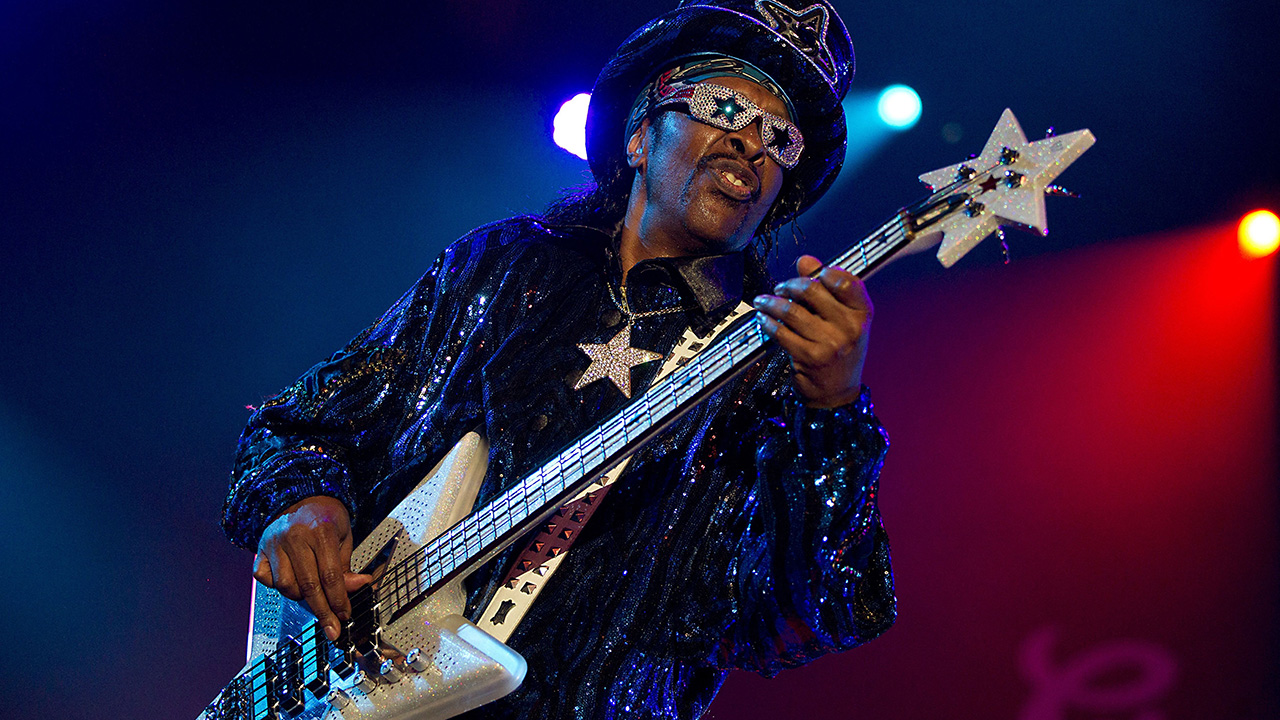
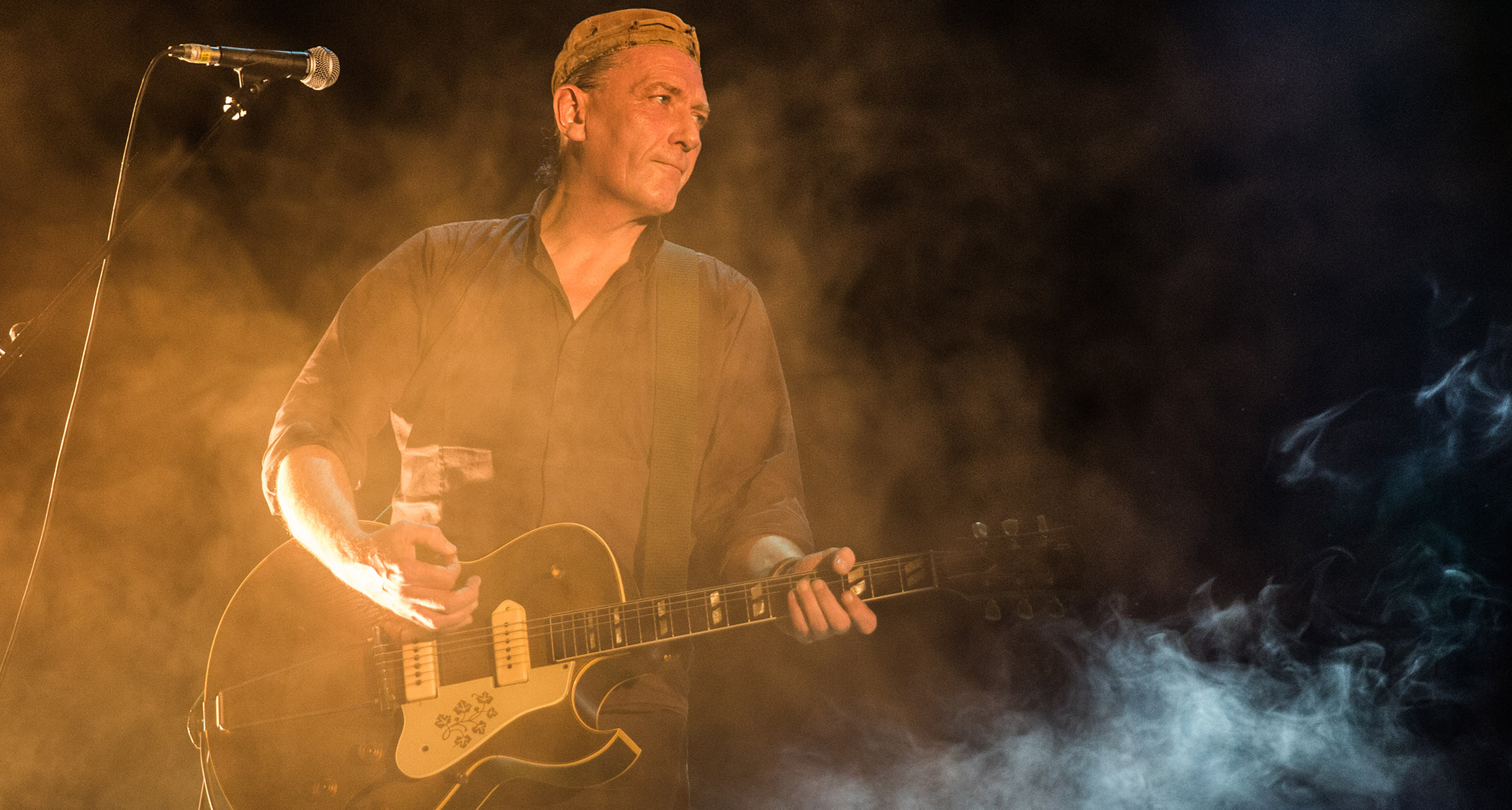
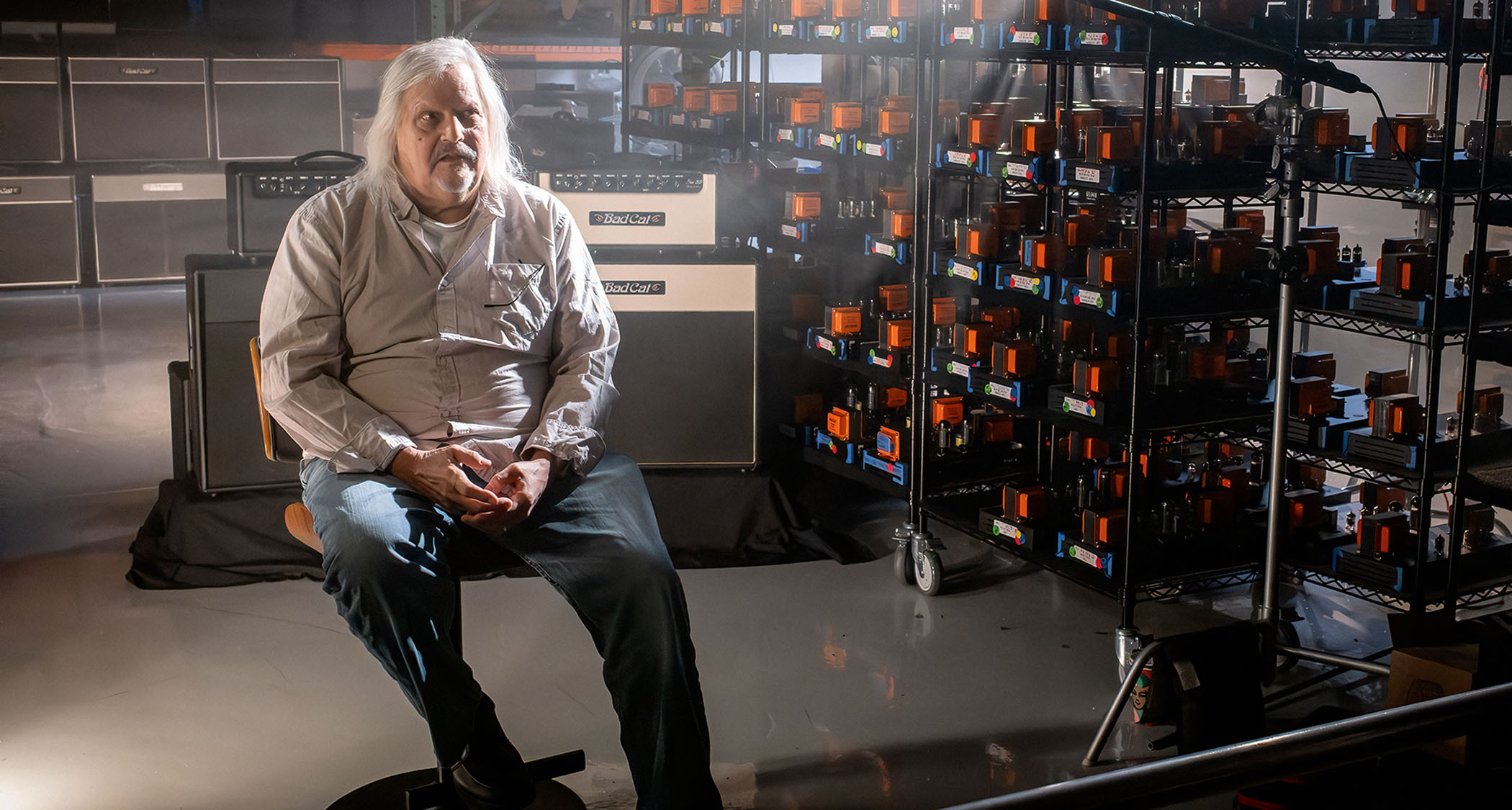
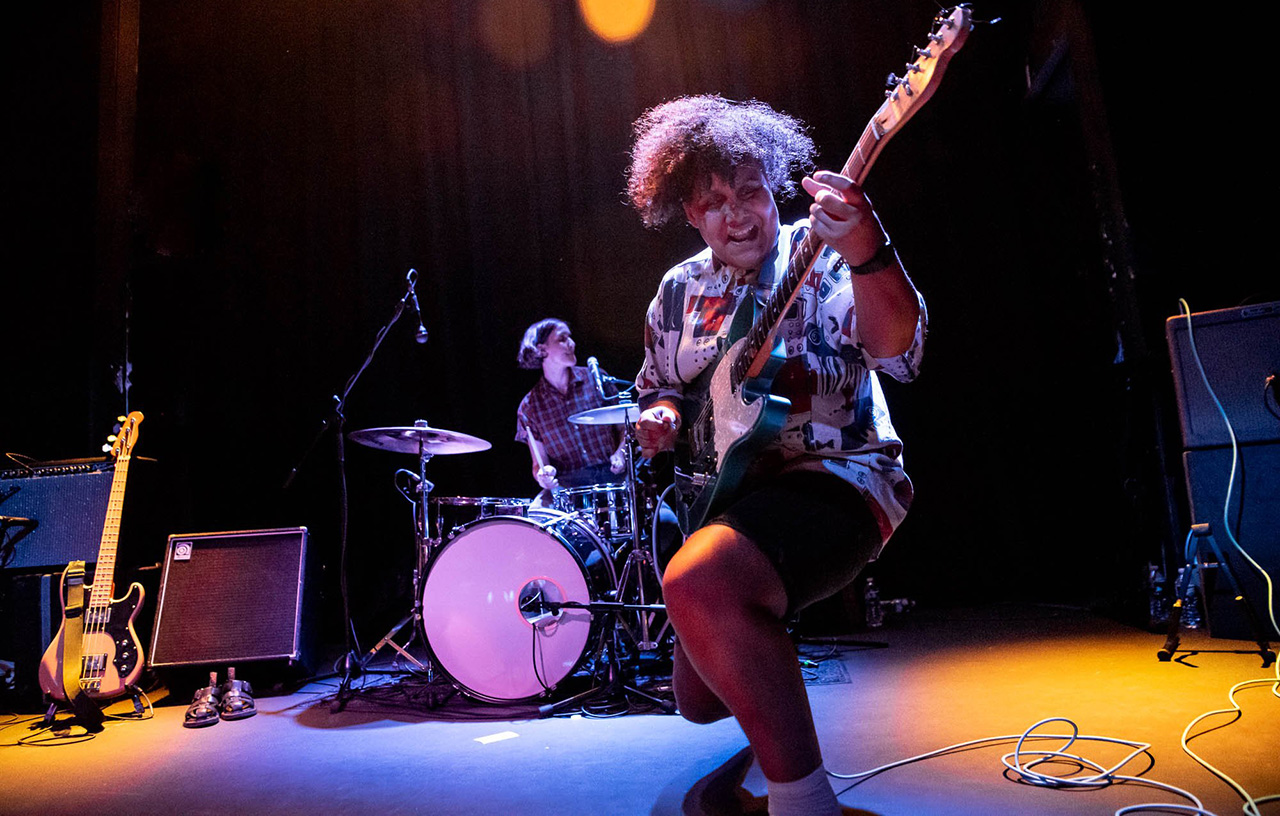
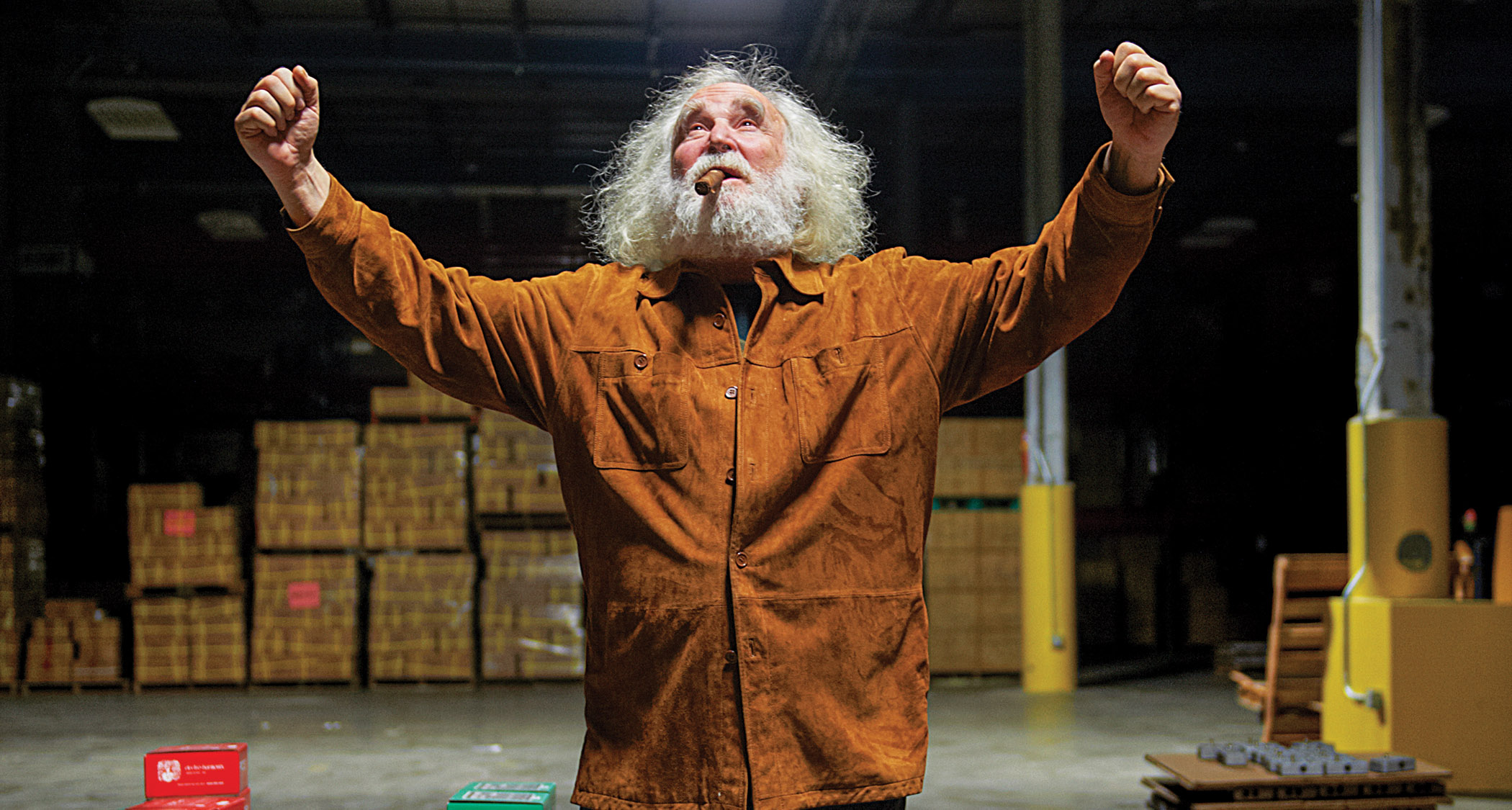
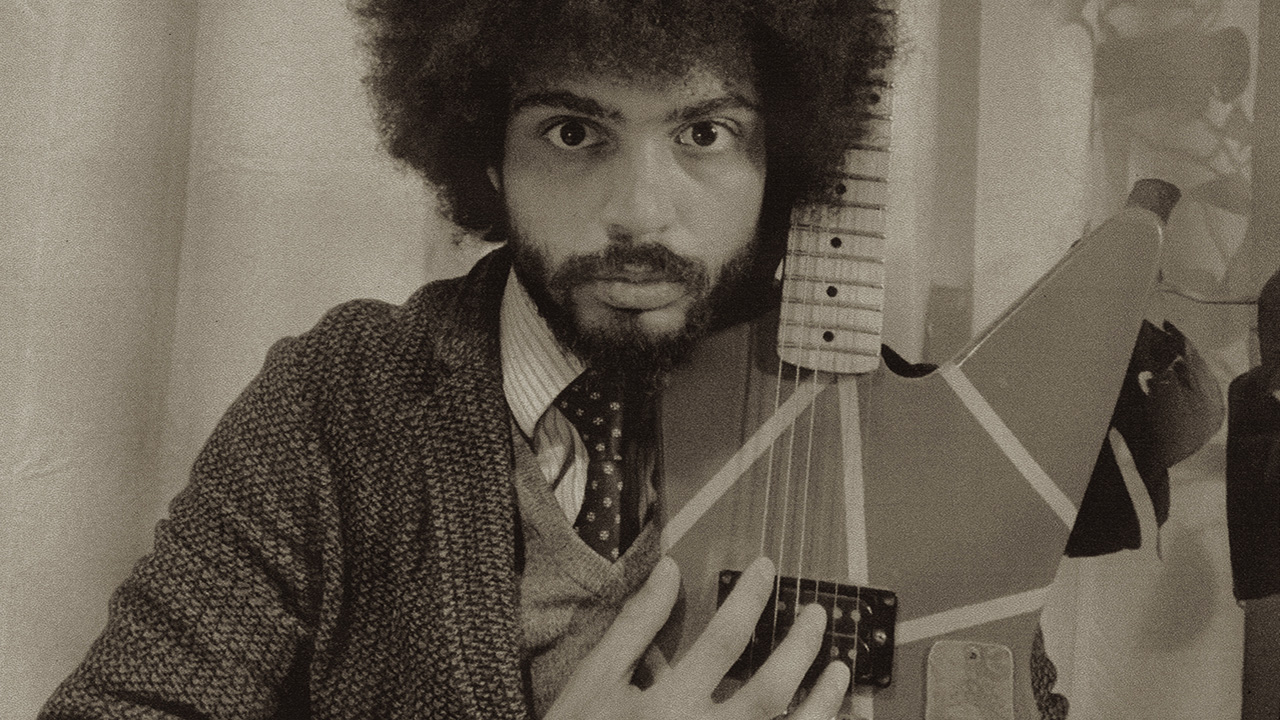
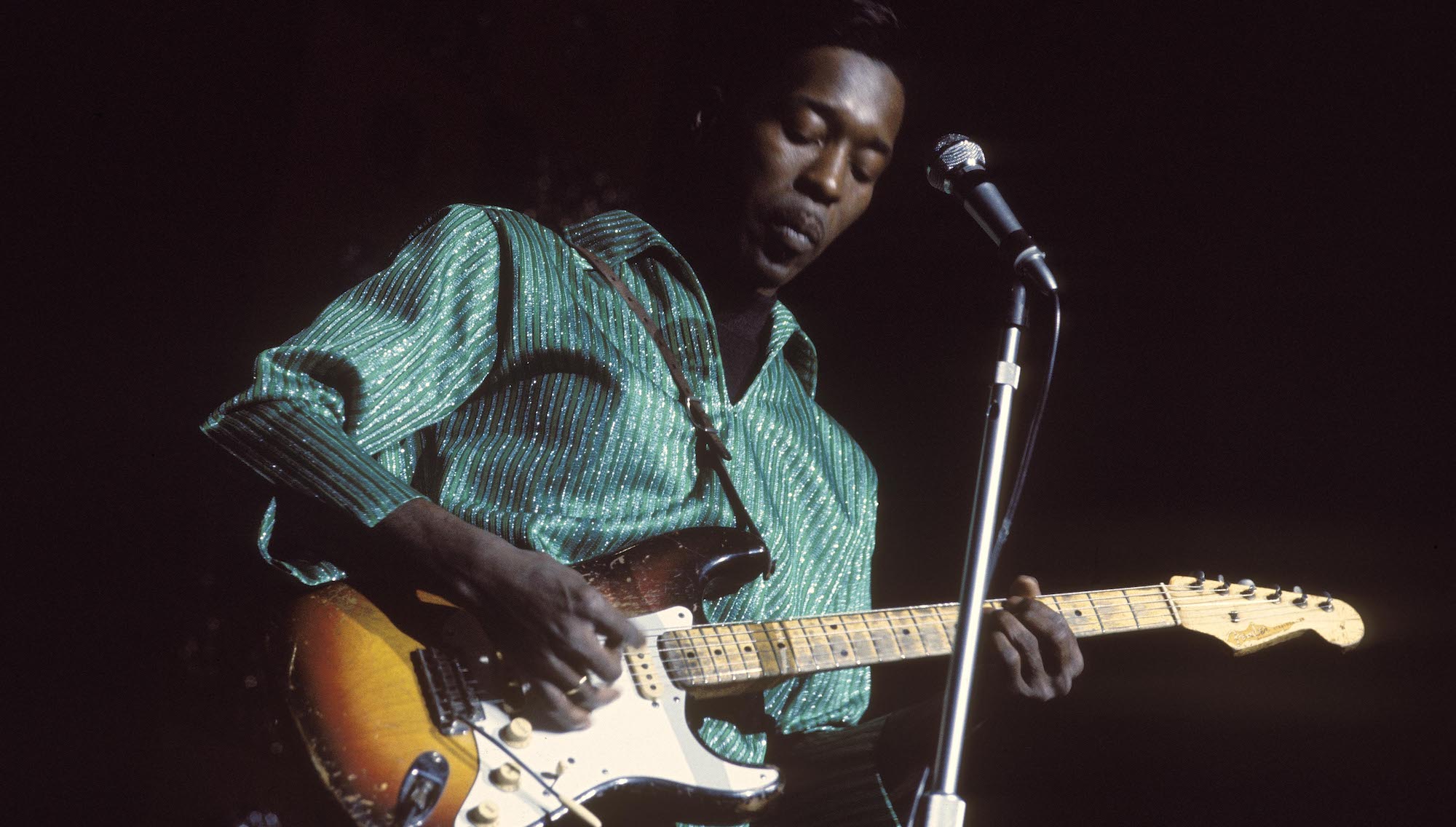
![[from left] George Harrison with his Gretsch Country Gentleman, Norman Harris of Norman's Rare Guitars holds a gold-top Les Paul, John Fogerty with his legendary 1969 Rickenbacker](https://cdn.mos.cms.futurecdn.net/TuH3nuhn9etqjdn5sy4ntW.jpg)

